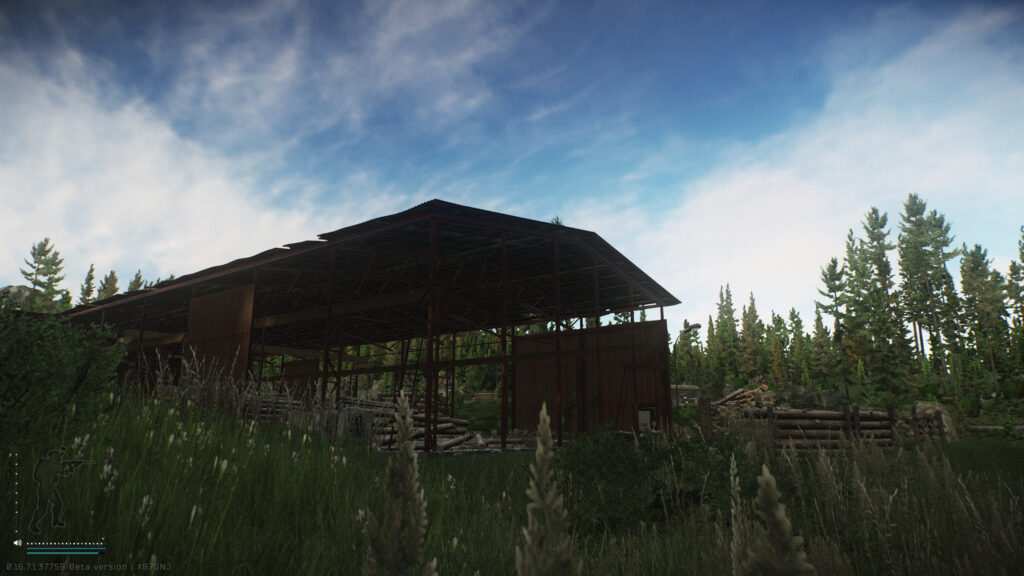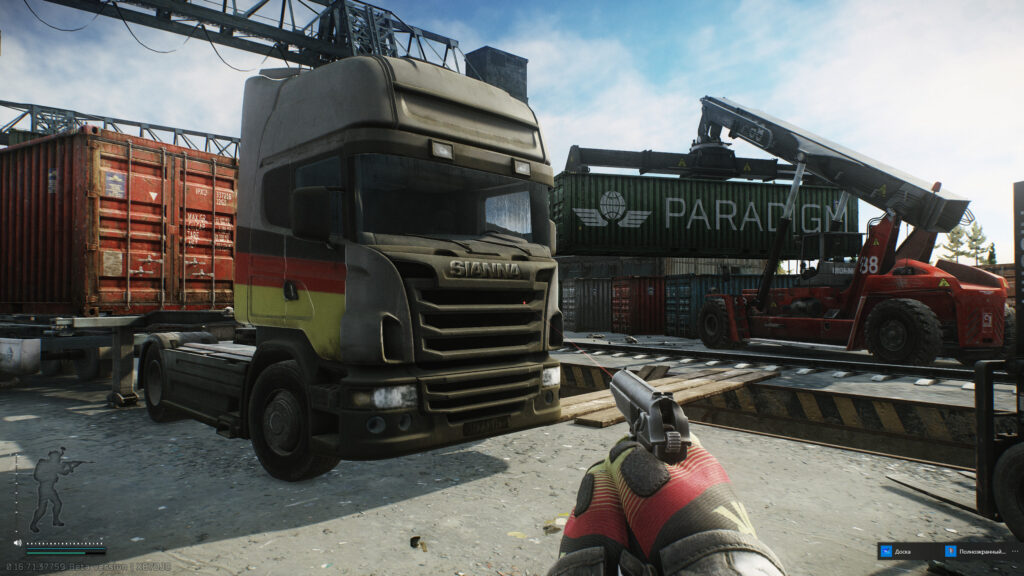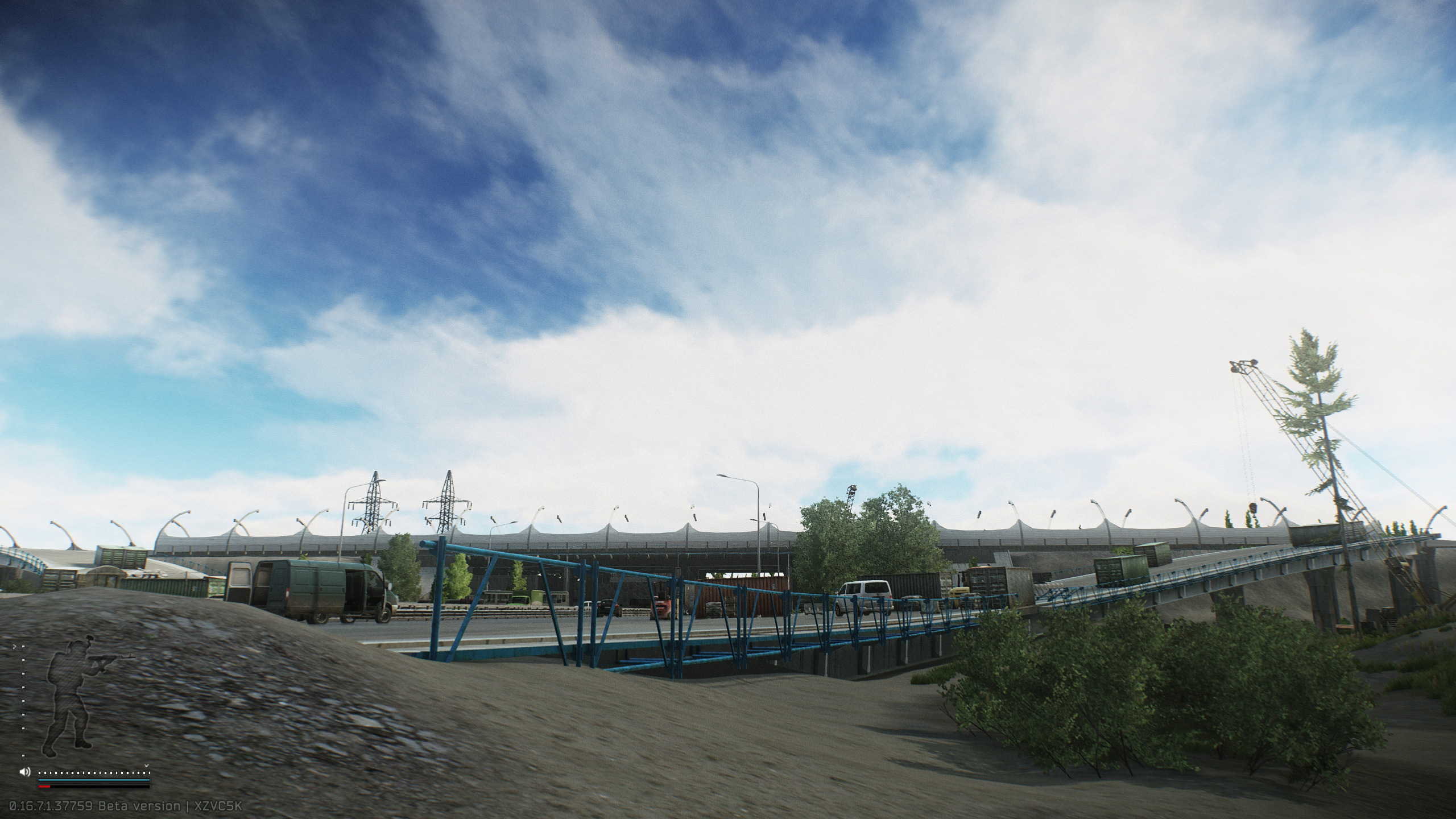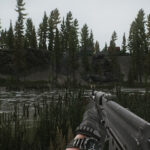Introduction
Tarkov Boosting is a service where you team up with an experienced player to finish tasks faster than you could on your own. Instead of spending hours trying to find rare items, complete tough quests, or earn enough experience to level up, you work with a runner who knows the map and game mechanics well. New players often face steep learning curves—every map has unique layouts, loot spawns, and exit points, and quests can require items that drop at low rates. By booking a boost session, you skip much of that learning-by-failure stage. During a session, the runner leads you through each step, whether that’s clearing out scavs, finding quest items, or collecting high-value loot.
You join their squad or stay nearby as they work, and at extraction, all progress and items go straight into your stash. Boosting saves you time by cutting out repeated failed attempts and gives you a chance to watch a skilled player in action. This guide covers the basics new players need to know: what boosting offers, who benefits most, and how to book and prepare for your first session. With clear directions and practical tips, you’ll get a smooth start with boost runs and gain confidence for future solo raids.
What Tarkov Boosting Covers
Boosting services focus on three main goals: quest support, experience boosts, and loot runs. In quest support sessions, the runner helps you finish tasks that demand rare item drops or difficult kills. For example, a quest might require you to find specific medical supplies or defeat a named boss. The runner moves through the map hitting known spawn points and clearing enemy groups, while you watch or stay safe, then hands over the needed items at extraction. Experience boost runs aim to push your level forward by targeting high-XP actions.

The runner plans a route that hits scav clusters, enemy player encounters, and repeatable tasks with reliable points. These runs let you gain large chunks of experience in under an hour, compared to many hours solo. Loot-only runs skip most combat and focus on high-value item spawns. The runner hits a small number of known loot areas, grabs gear, and exits quickly. All collected items go directly into your secure container. By choosing the right session type—quest, XP, or loot—you match the boost run to your current game needs. Each session type follows a clear plan, has set objectives, and ends with all progress recorded in your account.
Who Should Use Boosting
Boosting services benefit a wide range of players, but they are especially useful for certain groups. Brand-new players find boosts helpful for getting past early barriers. Instead of spending dozens of hours learning map layouts and drop rates, you reach quest milestones and trader levels quickly. This early jump lets you access better gear and start solo raids with more confidence. Casual players who have limited gaming time also gain from boosting.

If you only play a few hours per week, you can book a single session that covers key tasks and makes steady progress without the usual grind. Returning players who took a break from Tarkov use boosts to catch up on updates and new quest chains without relearning old content. They book runs that fill in gaps left by the patch cycle. Even veteran players sometimes hire runners for specific challenges—testing a new weapon build under live-fire conditions or clearing a boss that demands multiple solo attempts. By matching your goals—whether quests, levels, or loot—to the right boost offering, you make each session count. This focused approach helps all players get more out of their time in Tarkov and build skills for future solo runs.
How to Book Your First Session
Booking your first boost session starts with a clear request that lists your goal, map, and preferred time. Send one message that includes: the quest name and required item counts if you need mission help; the percentage of experience you want for an XP run; or the categories of loot you want collected in a loot-only run. Next, pick a time slot that fits your schedule and the runner’s availability—many operators use an online calendar, while others accept direct chat requests. After you send your request, the operator confirms a slot and shares meeting details. These details include the exact spawn point on the map, the extraction exit you’ll use, and the communication channel—either in‑game text or a voice server link (Discord or Teamspeak). Finally, prepare your gear and account access. Follow any loadout notes from the runner, such as bringing only light weapons or specific medical supplies, and log into your game client ahead of time to avoid update delays. A smooth booking process with clear information keeps lobby time short and sets the stage for a focused run.

Key details to include in your booking message:
- Objective: Quest name, XP target, or loot list
- Map: Exact map name and desired extraction point
- Time slot: Date, start time, and time zone if needed
- Communication: Text chat or voice link
- Gear notes: Items to bring or leave behind
What to Expect During the Run
Once you load into the raid, the runner leads you through a set sequence of stages designed to hit your objectives efficiently. You will either join their squad to follow along or wait in a safe spot if you prefer to observe. Communication stays active so you know when to move, when to hold position, and when extraction is near. The following table outlines each main stage of a carry run, the runner’s actions, and your role as the client:
| Stage | Runner Action | Your Role |
|---|---|---|
| Spawn & Squad | Confirms spawn location and sends squad invite | Accept invite or move to agreed spot |
| Route to Target | Moves along planned path to first objective | Follow runner or observe quietly |
| Threat Clearance | Clears scavs, PMCs, or bosses as needed | Provide cover if asked or stay hidden |
| Objective Check | Picks up quest items or high-value loot | Confirm progress via chat/voice |
| Extraction Prep | Heads toward exit, scans for nearby threats | Ready gear and follow to extraction |
| Extraction | Ends the raid at the agreed exit | Extract with runner or independently |
During the run, keep your chat window or voice channel open and respond promptly to quick prompts like “move,” “cover,” or “extract now.” Staying attentive and following these stages ensures the session flows without delays or confusion.
Basic Tips for New Players
New players can get the most out of their first boost sessions by following a few simple tips that improve efficiency and learning:
- Start Small: Choose a small map like Factory or Lighthouse for your first run. Shorter travel times let you focus on the process and learn map layouts quickly.
- Light Loadouts: Bring lightweight weapons and minimal armor to stay mobile. Less weight means faster movement between objectives.
- Voice Chat: If available, use voice communication. Live guidance helps you react faster and ask quick questions without typing.
- Clear Requests: Define your goal in one concise message. Specific requests (“Collect 3 LEDX on Customs, extract at Trailer Park, under 60 minutes”) avoid confusion.

- Arrive Early: Log in and join the lobby five minutes before your slot to handle any updates or account checks.
- Note-Taking: Keep a notepad or screenshot route map handy. Recording waypoint numbers and spawn points helps in future solo raids.
- Ask Briefly: Save detailed questions for post‑run debrief. During the session, use one- or two-word responses to keep pace.
- Follow the Runner: Stay close to the runner’s path. Watching their movement teaches you safe routes and cover spots.
By applying these tips, you’ll have a smoother first experience with Tarkov boosting and pick up practical skills you can use in every future raid.
Next Steps After Boosting
After extraction and confirmation that you received your items and progress, take these actions to build on the boost run:
- Review Debrief Notes: Check any screenshots or text summaries the operator provided. Mark key waypoints and tactics.
- Solo Practice: Load into the same map and follow the runner’s path at your own pace. This cements route memory and decision points.
- Gear Testing: Try the loadout you observed during the session. Test recoil patterns and movement speeds in tighter engagements.
- Log Results: Keep a simple log of XP gains, loot value, and quest progress for each session. Tracking these metrics over time shows which runs work best.
- Plan Follow‑Up Sessions: Use your log to pick new objectives—maybe a higher-level quest or a longer XP boost. Adjust session length and map based on past performance.
- Join Community Channels: Chat with other players who boost to share tips on operator selection, map changes, and session deals.
These next steps turn a one‑time boost into an ongoing learning and progress cycle. By combining boost runs with solo practice and data tracking, you maximize the value of every minute spent in Tarkov.
Conclusion
Boosting in Escape from Tarkov gives new players a fast track past early grind walls by pairing you with an expert who handles spawn logic, combat threats, and extraction. You choose between quest help, experience runs, or loot-only sessions, define clear goals, and book a time slot that fits your schedule.
During the run, active communication and simple timing cues keep you on target from spawn through extraction. Afterward, a brief debrief, screenshots, and operator support ensure you received everything. Use the tips in this guide—managing time, asking key questions, and following up with solo practice—to turn each boost session into both progress and training. With clear objectives and smart planning, new players can boost key milestones, learn map routes, and build confidence for solo raids. Start your first session with the checklist in mind, and watch your Tarkov skills and stash grow faster than ever.






Leave a Reply